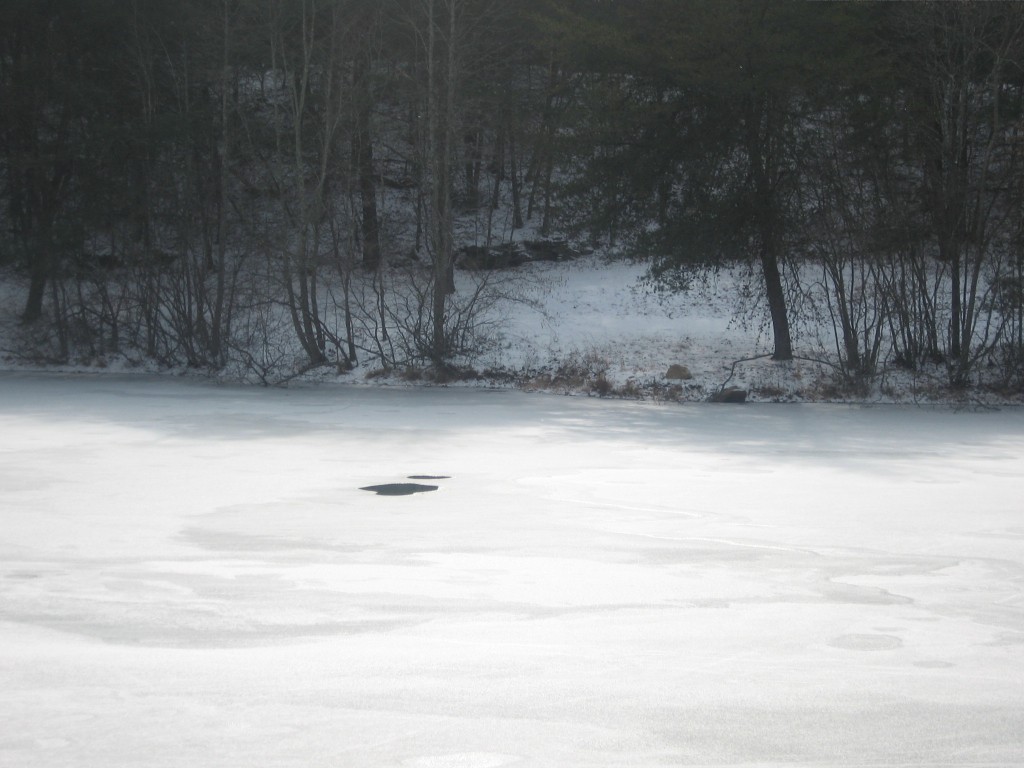A harsh winter can spell mental doom for the avid gardener. A potent cocktail of cabin fever, kerosene fumes, and clothing with more layers than a decadent sundae can unravel the nerves. Snow loses its sled worthy status. It’s once regal standing bumped down to mere eye irritant.

How does one avoid these occasional lapses with sanity? And how can one deter from pining for the once abundant raised bed that presently looks like a tomb?
Fortunately, a garden can be a 12 month hobby even in the (very) down times. Below are some basic things to do in January when all hope seems lost:
1) Grab those seed catalogs and start writing down what you might want to put in that spring and summer bed. There’s nothing more gratifying than looking at page after page of colorful vegetables, flowers, and fruits. Some of the better seed companies and catalogs out there include Baker Creek Heirloom Seeds, Southern Exposure Seeds, High Mowing Seeds, and Asheville’s own Sow True Seed.
2) Draw up a rough outline of the garden. If you’re introducing new plants into your garden this year, make sure fledglings sit well alongside some of your veterans. Check out this companion planting website as well as our review on Carrots love Tomatoes, Louise Riotte’s compendium on all things companion.
3) If you’re a gardener of virtuous patience, then it’s time to start some onion seeds. For exact starting times check out NC State’s Spring Planting Guide .Although it’s not as sexy as the voluptuous tomato, the onion is a necessity for the kitchen.
Onion seeds should be started in a wider and deeper seed tray like an 18 cell seed tray. A good seed starting mix is McEnroe Premium Lite Potting Soil or Sunshine Potting Mix. Add a small amount of worm castings to the mix (5 parts potting to 1 part casting) as well as an all purpose fertilizer like Happy Frog Jump Start, which contains humic acid (great for helping a young plant find micronutrients) and mycorrhizae (superb for root development).
Next, add your seeds. Ten to a cell is recommended. You can separate each one when they are sturdy and ready for the garden. Once the seeds are planted and watered, put on the humidome. If your house is hovering in the sixty degree range, it would be advantageous to put the seed tray on a heat mat, which will heat the root zone for optimal growth. Find a south facing windowsill or place the tray under grow lights (see the lighting section for more details).
4) If you’re doing raised beds, it wouldn’t hurt to add some organic matter if your ground is not frozen solid. Leaves are some of the best organic matter around and (for now) are free. Shred the leaves first in a mower with a catcher and then add to the bed. Also check out lasagna garden methods, which is essentially adding different kinds of compostable matter in layers. Check out this how to make a lasagna garden website, or for more detailed explanations, peruse Patricia Lanza’s excellent book on lasagna gardening.

To be continued.
Next up, the “I’m over it” month, AKA February.

Mary says
Whiteouts are miserable! Can’t deny the cozy memories back when I was looking through seed catalogs in previous winters. I’ve since (well, I’ll call it) moved on to some of the online catalogs that are available these days. I can still cuddle up by the fire with my tablet just like I used to do on those cold winter nights with the catalogs, but now I have a part in saving some of that paper by avoiding physical catalogs. One of my favorites would have to be Sustainable Seed Company: http://www.sustainableseedco.com , their selection of bulk heirloom and organic seed is breathtaking. I feel like I’m just rambling on now but thanks for the tips!